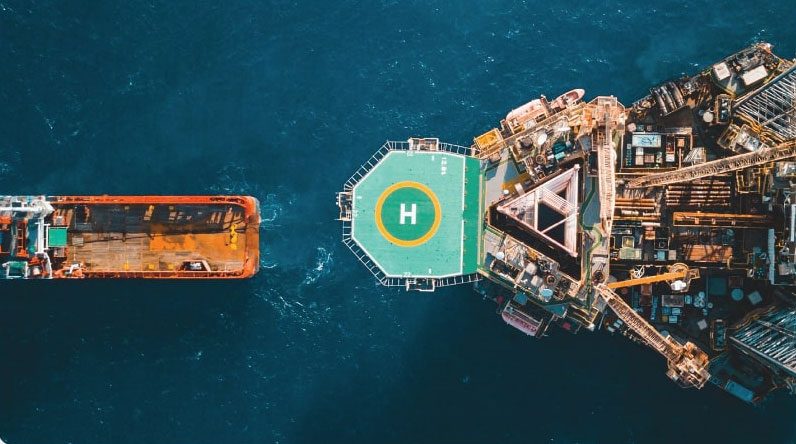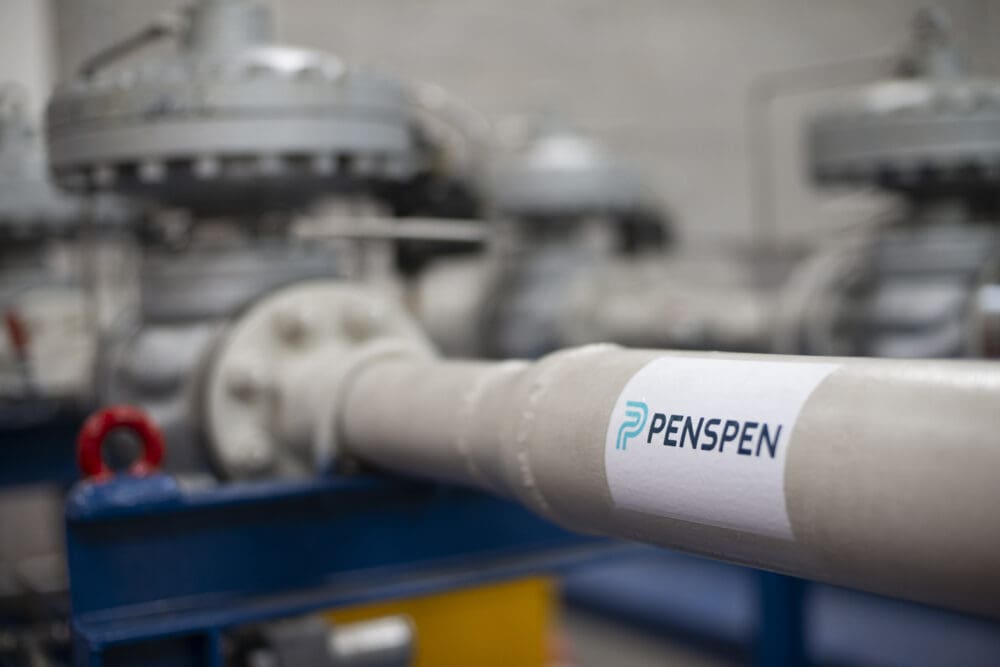Recovery on the Horizon


Highlighting the emerging patterns in EPC and pipeline project services.
Following the end of what can be considered the trough in the oil and gas industry, greater oil price stability – aligned with reductions in operating costs and increases in demand – have led to an overall resumption in confidence. For the pipelines market this means that activity is starting to look up once again.
This is true for the pipeline industry globally, but the increase in activity has been most pronounced in the Middle East and Africa. More projects are now moving from the feasibility/conceptual stage to the front-end engineering and design (FEED) and engineering, procurement and construction (EPC) stages.
Penspen, a provider of engineering and project management services to the energy industry, has a track record in the design of pipelines covering infield flowlines, trunk lines and cross-country transmission pipelines for oil, gas and water systems. Pipelines therefore represent a significant proportion of the company’s business.
Traditionally, the pipeline project cycle starts with the development of early conceptual or feasibility studies, followed by the FEED and EPC stages. The engineering aspect is typically undertaken by a consultant or by the EPC contractor. However, recent challenging economic conditions have seen the emergence of a number of key EPC trends.
Residual Engineering
In 2014, when the oil and gas market began to slow down, the industry’s focus turned towards project cost reduction at every level. This approach resulted in significantly more work (especially in engineering and financial modelling) being taken in-house by companies. As a result, some contracts were awarded on a procurement and construction (PC) basis only, with ‘residual engineering’ being undertaken by the PC contractor or its subcontractors.
Despite the growth in market confidence, this trend has continued, particularly in the Middle East, resulting in less direct engineering work for contractors. However, it has also created opportunities. Where operators have reduced their permanent staff in recent years, there has been an increase in requirements for external personnel to be placed with the operator on a short-term basis to support the delivery of the projects. For Penspen, this has led to an expansion of the company’s project management consultancy (PMC) business. This trend is likely to continue for the short to medium term.
It may also be possible for procurement services to be conducted in-house through the operator’s internal resources and/ or PMC teams for some projects. However, this could limit the scope of work for EPC contractors to construction only. There are benefits and disadvantages to such an approach and it is not suitable for all projects.
Standard Package Designs
Another growing trend in recent years has been the development of standard package designs. Such standardisation allows operators to use the same designs (with minor amendments) for similar projects, thereby reducing the additional costs associated with bespoke design offerings. Examples where standard package designs have been used include chemical injection packages and control systems.
Enhanced Environmental Responsibility
A further aspect that has been noticeable recently has been a heightened interest in utilising renewable energy to support projects where feasible. A growing number of companies are requesting the evaluation of options for renewable energy to power their assets. This can be beneficial not only with regards to lowering a company’s CO2 footprint, which is important, but also in terms of project financing.
Use of High Steel Grade Materials
High steel grade materials are stronger and require less wall thickness than lower grades. Therefore, they can potentially represent a cost saving to the operator. The key issue with high grade materials is their weldability.
Grade X65 and below are widely used for oil and gas pipelines both onshore and offshore. Grade X70 is also used for high pressure transmission pipelines, while grade X80 carbon steel linepipe is generally appropriate for deployment onshore. Higher grade materials such as X100 are currently being tested and developed by several manufacturers. The benefits of using higher grade metals can be more evident for long distance cross-country pipelines, where small adjustments (for example in wall thickness) can make a significant difference to the overall cost of the project
"Penspen’s name is synonymous with cross-country, large-size pipelines."
Looking Forward
Penspen was recently awarded a contract by the Office National des Hydrocarbures et des Mines (ONHYM) and the Nigerian National Petroleum Corporation (NNPC) to execute the first phase of the FEED (FEED Phase I) of approximately 5700 km of gas pipeline proposed to run from Nigeria to Morocco. The award is a follow-up on the feasibility study completed by Penspen in July 2018.
The FEED Phase I consists of a detailed review of the feasibility study results and an in-depth evaluation of the gas demand and supply study. Further design of the pipeline system, in addition to the execution of an environmental and social impact assessment (ESIA), will then be carried out with the aim of optimising the proposed pipeline route and project economics. Penspen will also support the client in marketing and promoting the pipeline project to potential stakeholders, showcasing the wider benefits of its development.
At the end of the study, key detailed outcomes will help the client prepare for the second phase of the FEED (FEED Phase II) which is expected to lead to a final investment decision.
Feasibility Study for the TAPI Pipeline
Penspen’s name is synonymous with cross-country, large-size pipelines. Previously, Penspen was commissioned to undertake a technical feasibility study for a proposed 1820 km, 56 in. diameter gas pipeline from Turkmenistan’s giant Galkynysh gas field, to serve the energy markets in Afghanistan, Pakistan and India.
The company conducted a review of the proposed route including confirmation of the hydraulics, the provision of cost estimates, and the development of a project execution strategy and schedule. The project is currently at the EPC stage.
Delivering Engineering Support
Penspen provides support across the full project lifecycle, from engineering to project management, asset management, asset integrity, software products and training and education. In engineering, the company helps clients develop new energy assets, from wellhead to product transportation, both onshore and offshore, through to customised engineering solutions. The company’s capabilities include conceptual and feasibility studies; basic and front-end engineering; detailed design; operability and risk assessment; project management and procurement services; and commissioning and decommissioning.
Penspen also offers a range of project, construction and commissioning management services for oil and gas projects, including advice and supervision of all project phases from the earliest stages to start up; support in project definition and prefeasibility stages; FEED tender production; bid evaluation, supervision and review; design and EPC tender evaluation; contract preparation and assistance during negotiations; and the provision of project management teams, project controls and engineering supervision.
Looking to the Future
From a technical point of view, as with all aspects of the oil and gas industry, the future of EPC is heavily aligned with the increasing adoption of artificial intelligence (AI) and automation. Today, more and more companies are investing in automated activities for EPC projects to improve efficiency and reduce costs, as most of these work scopes have tight deadlines and budgets. Pipeline projects will similarly benefit from the use of greater automation.
An example of the advantages of automation can be seen in engineering activities – 3D modelling has been in use for, and is helping with, the delivery of multiple drawings and material take off documents from the same platform. Penspen is working with its partners to develop tools that allow it to generate full pipeline drawings and documents from survey data. The company believes the adoption of automation in EPC activity will grow significantly in the next few years as it becomes essential to the efficient delivery of projects.
AI has multiple applications and is already being used for pipeline projects. This can be seen in the deployment of remotely operated vehicles (ROV) for subsea pipeline installations, for example. AI is also being used in machines to serve as a decision making/decision support system. Pipeline projects (especially cross-country pipelines) can be complex to manage, with large amounts of data being provided and information changing and updating throughout the project phases. AI can be useful in predicting how a project might evolve, particularly in the early stages, and hence can provide greater visibility and understanding of a project’s critical outcomes. Like automation, the use of AI in project management can be expected to exhibit a considerable increase in the years to come.
From a business perspective, with demand for oil and gas expected to rise in the short-term at least, it is anticipated that the pipeline market will continue to improve. This is especially true for Africa, where the source of hydrocarbons is often geographically far from the location of use. However, it is also relevant for all other corners of the world. It is therefore anticipated that more pipeline projects will be sanctioned as the demand for energy grows, thereby creating greater opportunities for the EPC and project services sector.
Insights & News

Overcoming the Challenges in Implementing a Risk-Based Inspection (RBI) Program
Risk Based Inspection (RBI) is a risk assessment and management process that focuses on loss of containment of pressurised equipment in processing and refining facilities, due to applicable damage...
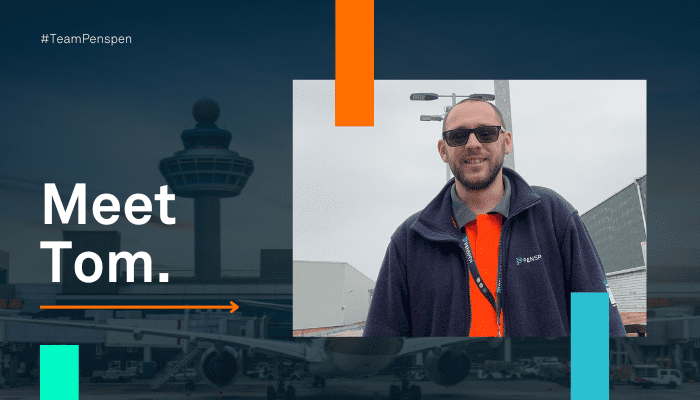
From Carpentry to Colnbrook: Our People – Tom
Tom is a Shift Leader at Colnbrook Rail Terminal, which transports aviation fuel to London Heathrow Airport. In this Our People feature, he shares how a redundancy early in his career showed him the...

Demystifying Hydrogen Fatigue Crack Growth
With the increasing momentum to adopt clean fuels coupled with the scrutinised investment horizons of maintaining ageing gas pipelines, there are well-established and mutually beneficial...
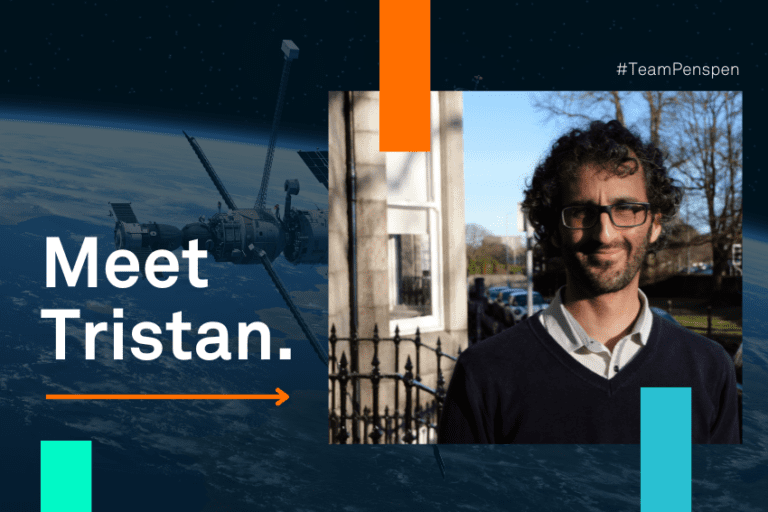
Energy – the final frontier?
The transition from a career developing structures for use in space to solving the challenges of implementing hydrogen infrastructure may not seem straightforward, but for Penspen’s Head of...

Penspen to Deliver Feasibility Study Revalidation for Trans-Saharan Gas Pipeline Project
Landmark project would contribute to African energy independence Penspen, a leading international energy consultancy, has been awarded a contract to provide a feasibility study update for the...
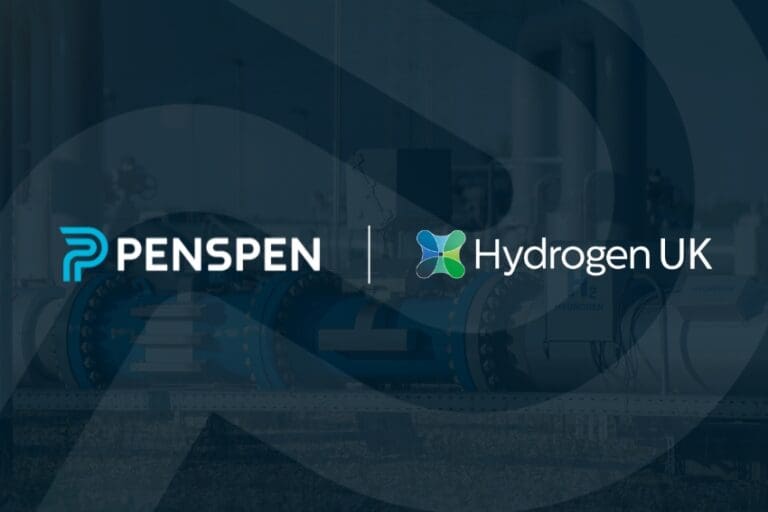
Penspen Joins Hydrogen UK to Drive the Future of Clean Energy in the UK
International engineering consultancy reinforces commitment to sustainable energy by becoming an official member of the UK’s leading hydrogen trade association. Penspen, a leading international...
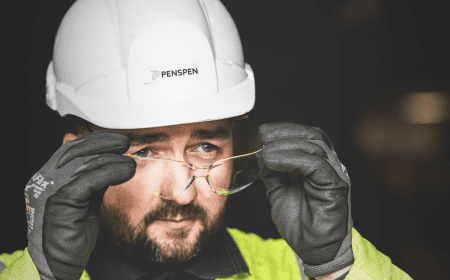
Penspen Reports $120 Million Worth of New Contract Awards Secured in Second Half of 2024
Company’s comprehensive engineering expertise helps improve energy access for communities worldwide Penspen today announces a positive finish to the fiscal year with $120 million awarded in new...


